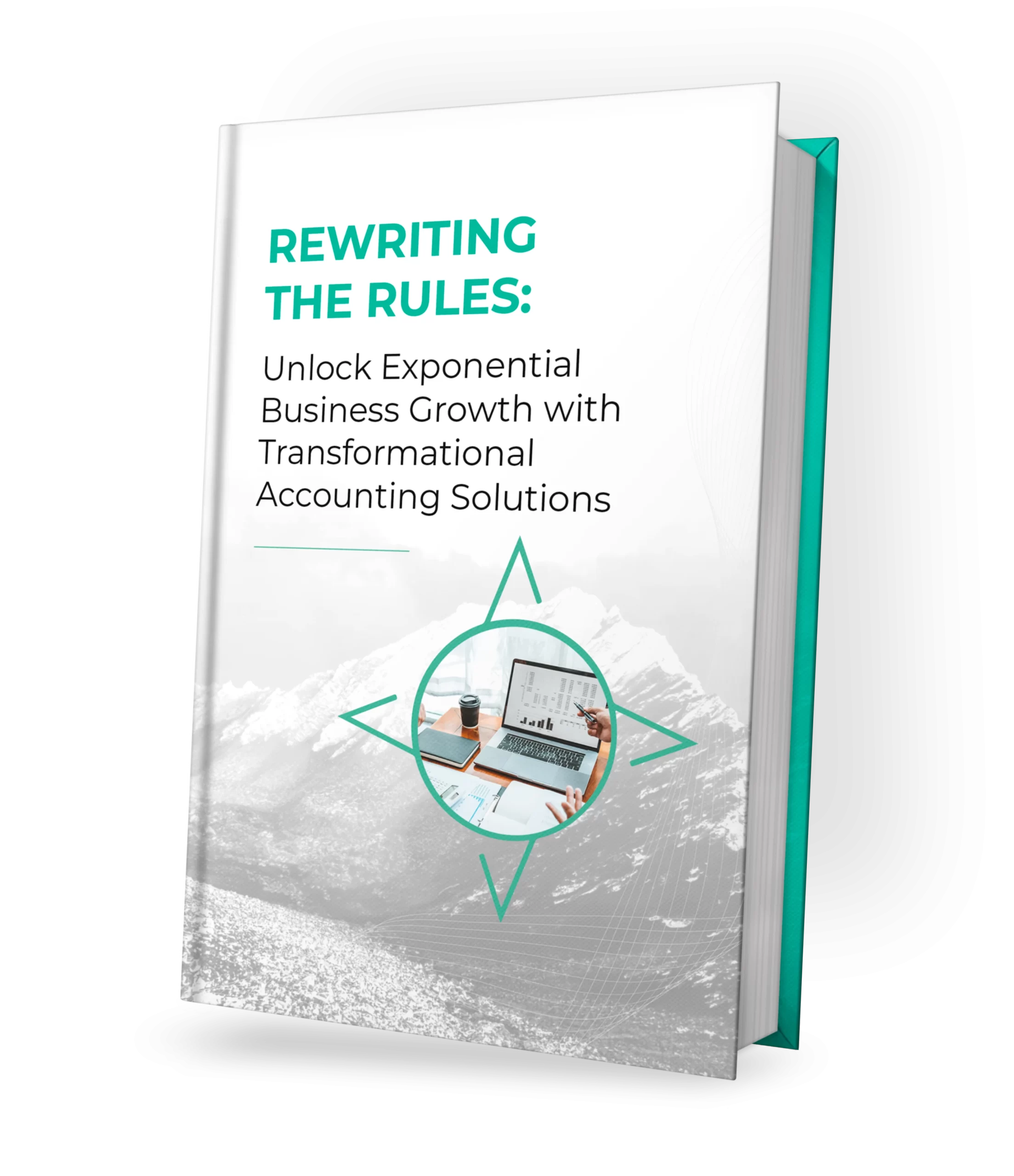Why Timing Matters in Fundraising
The landscape to raise capital is influenced by numerous variables, each playing a pivotal role in the success of your endeavor. Two of the most critical factors are market conditions and your business’s current state of readiness.
Market Conditions: Economic climates have a direct impact on investor confidence and lending criteria. A strong and bullish market may lead to increased willingness among investors to take risks, while economic downturns could see a tightening of investment capital.
Additionally, when it comes to loans, lenders such as banks will typically loosen their standards during periods of economic strength in order to compete in the marketplace, but will likely pull back and tighten standards during downturns. Staying attuned to these conditions can help you pinpoint a more opportune time for fundraising.
Business Readiness and Traction: Launching a capital raising process without the necessary groundwork can lead to premature rejection. Investors and lenders look for evidence of traction, such as a growing customer base or solid revenue streams.
Additionally, they will want to understand your business model and plan for growth. You will need to understand and explain things like your unit economics (revenue/profitability per sale) and how the business will grow in the future.
Outsiders will want to understand how the money will be deployed and be confident that the money will be put to good use to provide a future return on investment. Demonstrating that your business is not just surviving but thriving is crucial to provide such confidence. It’s about showcasing your venture’s potential for scalability and long-term profitability to provide returns to investors or security to lenders.
Key Considerations Before Fundraising
Before embarking on a capital raising mission, a deep dive into your business’s financial health and strategic positioning is essential. Below are some things to consider and be mindful of when thinking about timing.
Current Liquidity and Financial Health: Understanding your cash position, operating expenses, and burn rate is foundational. If you are cash flow positive, showing patterns of profitability and growth in margins will go a long way. A strong financial footing reduces desperation, allowing you to negotiate from a position of strength. It also serves as a critical indicator to potential investors about your business’s viability and fiscal responsibility.
Product or Service Traction: The market’s reception to your offering is a tangible measure of your business’s potential. Metrics such as user or customer growth rates, customer feedback, and repeat business rates can significantly strengthen your fundraising narrative. They provide concrete evidence that there is a demand for what you’re offering, making your business an attractive proposition for investment.
Upcoming Funding Needs: Clearly articulating what the raised funds will be used for can greatly enhance your fundraising efforts. Whether it’s for scaling operations, entering new markets, or further product development, a well-defined plan for the use of funds demonstrates strategic planning and vision.
Assets for Securing Loans: For those considering debt financing, identifying assets that can be used as collateral is crucial. Tangible assets not only facilitate the loan process but often secure more favorable terms. This aspect reassures lenders about the recoverability of the loan, should the business face difficulties.
Strategies for Successful Fundraising
Armed with a comprehensive understanding of your business’s current standing, the next step is to strategize your approach to securing funds for your capital raise.
Preparing Your Pitch: A compelling pitch is the cornerstone of successful fundraising. It should succinctly articulate your business model, levers to scale up growth or profitability, and overall value proposition to investors or lenders. Tailoring your presentation to highlight how potential investors or lenders will benefit from their association with your business can make a significant difference. Your pitch should be supported by a presentation or deck and or a business model to explain your story through numbers.
Choosing the Right Funding Type: The decision between debt and equity financing is pivotal. Each has its advantages and implications for your business’s future. Debt financing, for instance, might be preferable if you wish to retain full control over your company. In contrast, equity financing could be a viable option if you’re open to sharing ownership in exchange for capital without the pressure of repayment schedules. We have previously written about the different types of capital and the benefits and drawbacks.
Timing Your Fundraise: Identifying the optimal timing involves assessing not just your business’s readiness but also external market conditions and investor appetite. The best time to fundraise is when you don’t need the money and often coincides with strong business performance indicators and favorable market conditions. This strategic timing not only improves your chances of successful fundraising but also potentially secures better terms.
How Proseer Can Help
Navigating the complex terrain of raising capital requires not just a compelling business case but also strategic timing and preparation. At Proseer, we specialize in equipping startups and entrepreneur-led businesses with the insights and strategies needed to run their businesses efficiently including successfully fundraising. Our services include back office accounting, strategic planning, and tax compliance to ensure you’re not just ready to fundraise but poised to do so at the optimal time.
Conclusion
Raising capital can be an important chapter in your business’s story. Understanding the nuances of when to embark on this process can significantly influence your success. By carefully considering your business’s financial health, market traction, and strategic funding needs, and by preparing a compelling pitch, you position your venture as an attractive opportunity for investors and lenders alike. Remember, the goal is not just to secure funding but to do so on terms that support your business’s long-term growth and vision. Proseer is here to guide you through each step of this journey, ensuring you approach the fundraising process strategically and from a position of strength. If you would like to learn more about how to prepare your business for an upcoming fundraise, reach out to us here.

